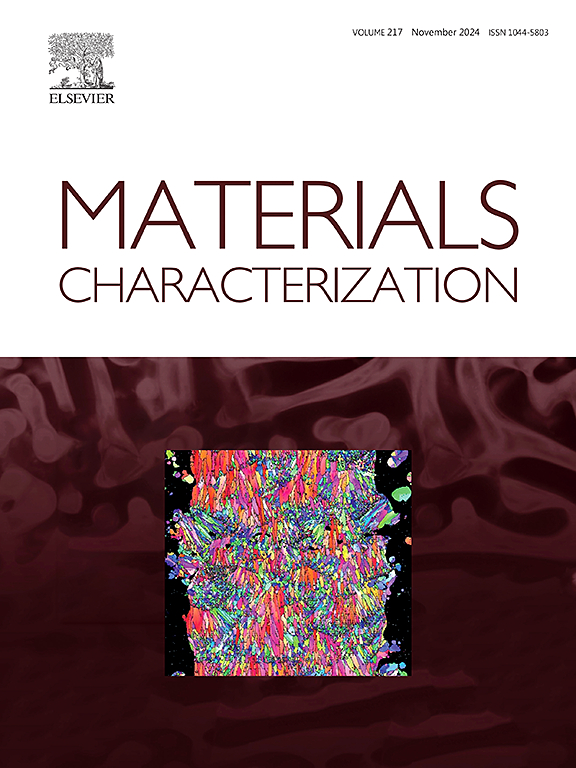Experimental validation of the efficacy of X-ray computed tomography for the in-situ time-resolved observation of the aqueous degradation of uranium carbide
IF 4.8
2区 材料科学
Q1 MATERIALS SCIENCE, CHARACTERIZATION & TESTING
引用次数: 0
Abstract
Researching the aqueous degradation of uranium carbide (UC) is important for understanding and predicting the behaviour of carbide-based spent nuclear fuels during interim storage and subsequent geological disposal. UC has historically been tested in fast-neutron test reactors, and it is currently one of the fuel forms being considered in some advanced nuclear reactor concepts. If carbide fuel is to be used more widely in the future, it is important to understand and predict how the material degrades as a waste along with understanding its in-reactor fuel performance. However, because UC is documented as reacting readily with oxygen and water vapour, corrosion studies which simulate real-world storage and/or disposal conditions are challenging. This work provides experimental validation of the use of X-ray tomography (XRT) for the in-situ and time-resolved study of UC degradation in an aqueous environment. Three samples of UC were submerged in aqueous media and their subsequent degradation was monitored, in situ, using XRT. The first experiment, in pure MilliQ water, was monitored using time-resolved radiography through one single scanning sequence. This radiography sequence was compiled to produce a high-quality video of the corrosion process, whilst verifying the timescale for reaction and analysis conditions. The second experiment, involving immersion in a 1 M sodium carbonate groundwater simulant solution (pH = 12) revealed the existence of an induction period, estimated at approximately 8–10 h prior to the onset of visible degradation. The third sample (again in a sodium carbonate solution) demonstrated an influence of the surface area-to-volume ratio on the corrosion properties of the uranium carbide. This experimental work demonstrates that XRT is a viable technical approach for studying degradation of reactive nuclear materials held in encapsulated or enclosed environments, where physically intervening with the systems to make in-situ measurements would otherwise disrupt or invalidate the reaction conditions.
求助全文
约1分钟内获得全文
求助全文
来源期刊

Materials Characterization
工程技术-材料科学:表征与测试
CiteScore
7.60
自引率
8.50%
发文量
746
审稿时长
36 days
期刊介绍:
Materials Characterization features original articles and state-of-the-art reviews on theoretical and practical aspects of the structure and behaviour of materials.
The Journal focuses on all characterization techniques, including all forms of microscopy (light, electron, acoustic, etc.,) and analysis (especially microanalysis and surface analytical techniques). Developments in both this wide range of techniques and their application to the quantification of the microstructure of materials are essential facets of the Journal.
The Journal provides the Materials Scientist/Engineer with up-to-date information on many types of materials with an underlying theme of explaining the behavior of materials using novel approaches. Materials covered by the journal include:
Metals & Alloys
Ceramics
Nanomaterials
Biomedical materials
Optical materials
Composites
Natural Materials.
 求助内容:
求助内容: 应助结果提醒方式:
应助结果提醒方式:


